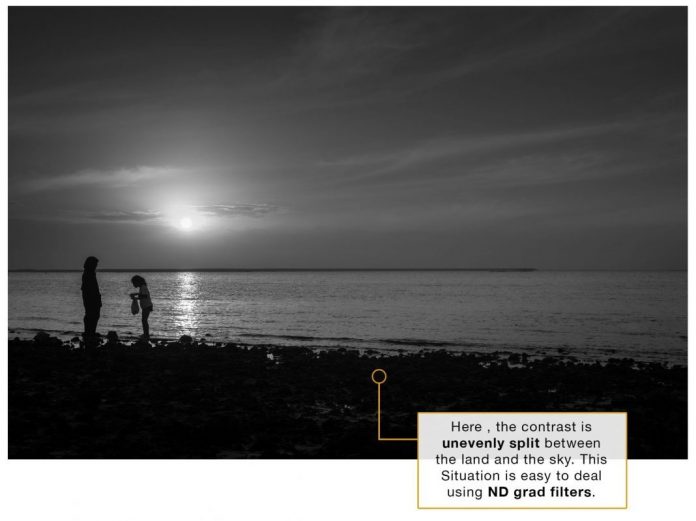Contrast – the difference in brightness between the darkest and lightest parts of an image. Easy as it may sound from its description, Contrast is actually one of the complex attribute you will have to contend with as a photographer. One basic information to remember though, is that the camera records everything with a little more contrast than you do. A scene that seem perfectly balanced for you would actually appear to have darker shadows and brighter highlights when printed. Often times, the boost we use is enough to push extreme tones over the edge causing the image to lose its details.
It is much easier to shoot when the contrast is low, however, a flat shot would lack crispness and impact. Generally, Contrast is more likely to be uncomfortably high particularly during midday, so you will need to find a way to manipulate it.
Contrast is not particularly determined by the intensity of the light but by the amount of diffusion. Clouds or mist are the biggest natural diffuser available. They reduce the contrast by scattering light where some would fall into the shadow area/s of your subject. If you are working with direct sunlight, you need to remember that less light reaches shadow area/s and it will result to crisp and dark shadows in an image.
To find the best setting to use, I suggest that you do a test shot in and view it back. This way, you have the ability to assess and figure out whether the contrast you used is patchy or even. Doing this, you will be able to determine the appropriate technique to use according to your needs.
Watch this space for the last 2 techniques for reading the light conditions.
By: Glen Wesley Dulay
www.glenndulay.com

